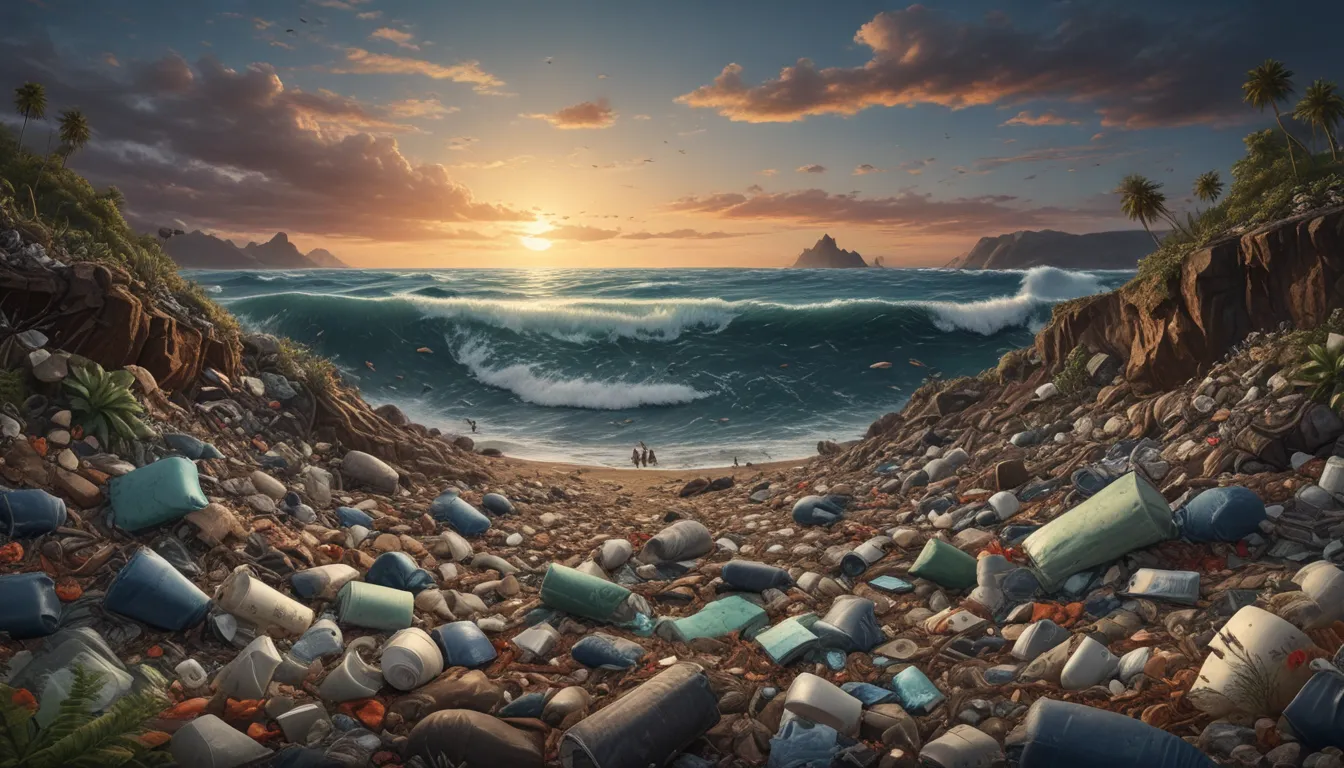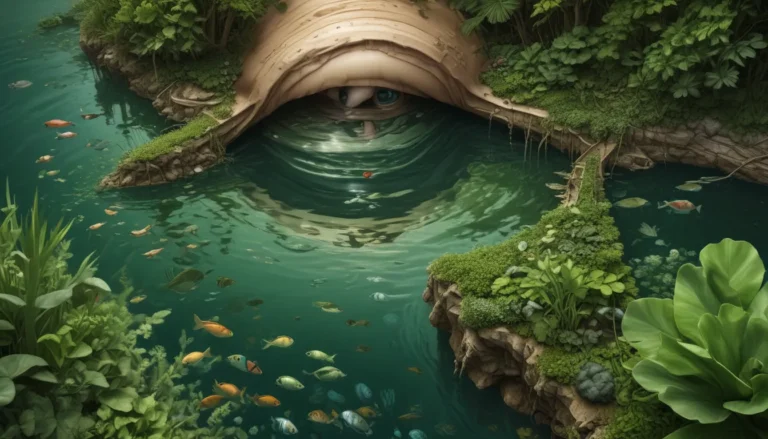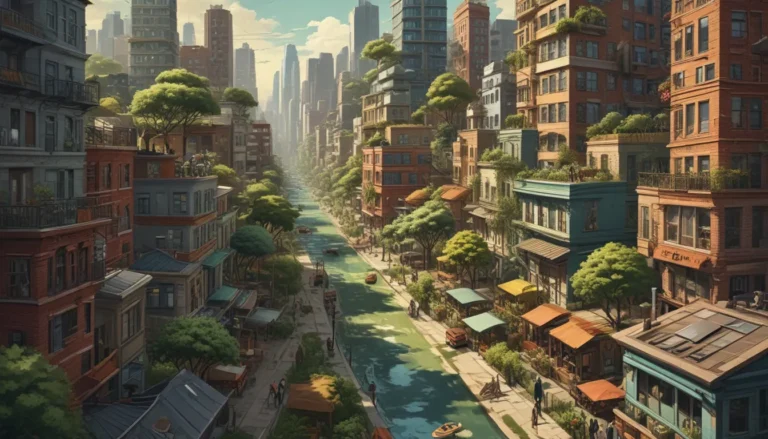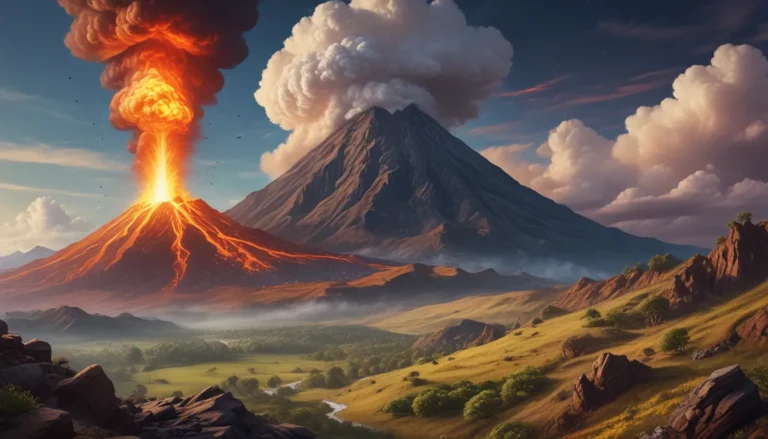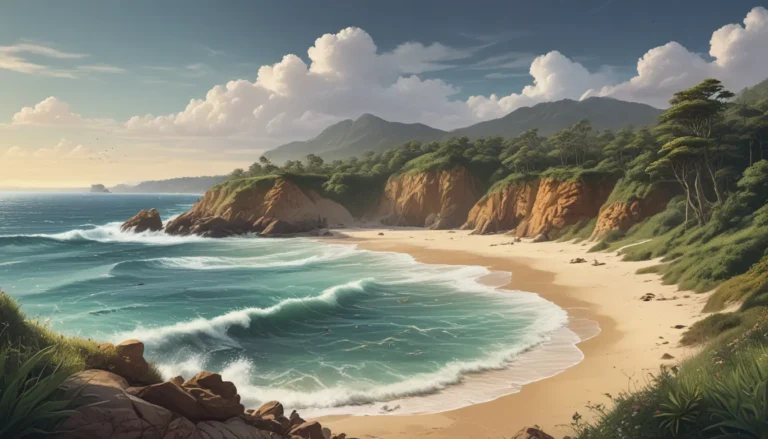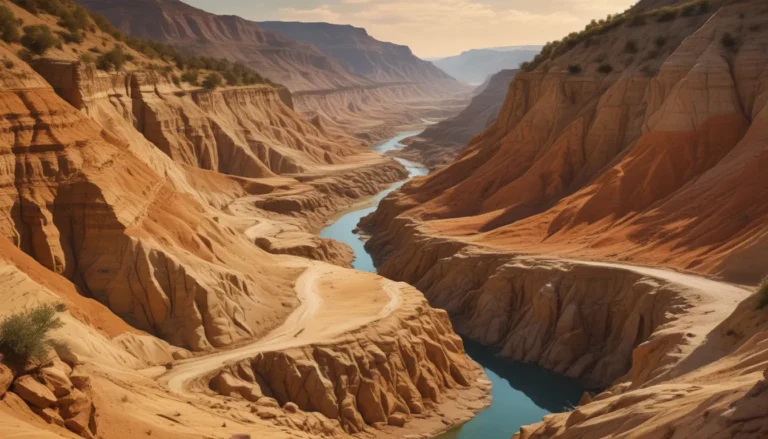A Note About Images: The images used in our articles are for illustration purposes only and may not exactly match the content. They are meant to engage readers, but the text should be relied upon for accurate information.
Would you believe that in the vast Pacific Ocean, there lies a hidden world of trash? Unfortunately, this is the harsh reality we face today due to human activities. Join us as we delve into the shocking facts about the Great Pacific Garbage Patch and its detrimental effects on our environment.
Discovering the Great Pacific Garbage Patch
Back in 1997, Charles Moore, a racing boat captain, stumbled upon a vast collection of plastic debris while sailing through the North Pacific Subtropical Gyre. This marked the discovery of what is now known as the Great Pacific Garbage Patch.
Understanding the Location and Formation
The Great Pacific Garbage Patch spans from the West Coast of North America to Japan, encompassing the Western and Eastern Garbage Patches. These patches are formed by the North Pacific Subtropical Gyre, a circular current system created by four currents moving in a clockwise direction. The accumulation of marine debris in the calm central area gives rise to the infamous trash vortex.
The Composition of the Garbage Patch
Comprised mainly of plastic waste, the Great Pacific Garbage Patch houses approximately 3.6 trillion pieces of plastic debris. Contrary to popular belief, it is not a solid island of trash but rather a soupy mixture of plastics, making it challenging to clean up due to the varying sizes of debris.
Sources of Marine Debris
A significant portion of the debris in the Great Pacific Garbage Patch originates from North America and Asia. Activities such as land-based pollution, offshore oil rig operations, and cargo ship accidents contribute to the accumulation of plastic waste in the oceans. Items ranging from LEGO pieces to computer monitors find their way into the ocean, further exacerbating the pollution crisis.
Environmental Impacts and Ongoing Efforts
The presence of marine debris poses a grave threat to marine life, with creatures often mistaking plastic particles for food. The ingestion of plastic can lead to hormonal imbalances and physical harm, ultimately resulting in the decline of species populations. Organizations like The Ocean Cleanup are tirelessly working towards mitigating the plastic pollution crisis and restoring the health of our oceans.
The Challenges of Cleanup and Future Concerns
Despite efforts to clean up the Great Pacific Garbage Patch, the sheer size of the area and the presence of microplastics make it a daunting task. Microplastics, along with larger debris like fishing gear, create a murky cloud in the water, impacting marine ecosystems. If left unchecked, the decline in seafood availability will not only affect marine life but also have far-reaching consequences for human populations.
In conclusion, the Great Pacific Garbage Patch serves as a stark reminder of the detrimental effects of plastic pollution on our oceans and wildlife. By raising awareness, supporting cleanup initiatives, and adopting sustainable practices, we can work towards a cleaner and healthier environment for future generations. Let’s join hands to protect our oceans and preserve the beauty of our planet for years to come.
